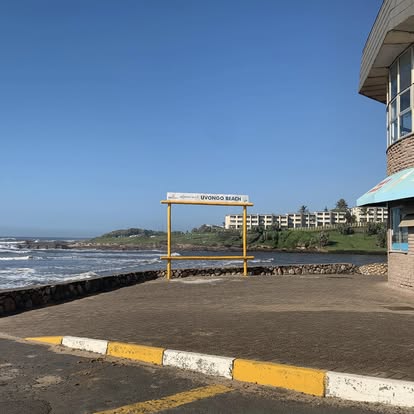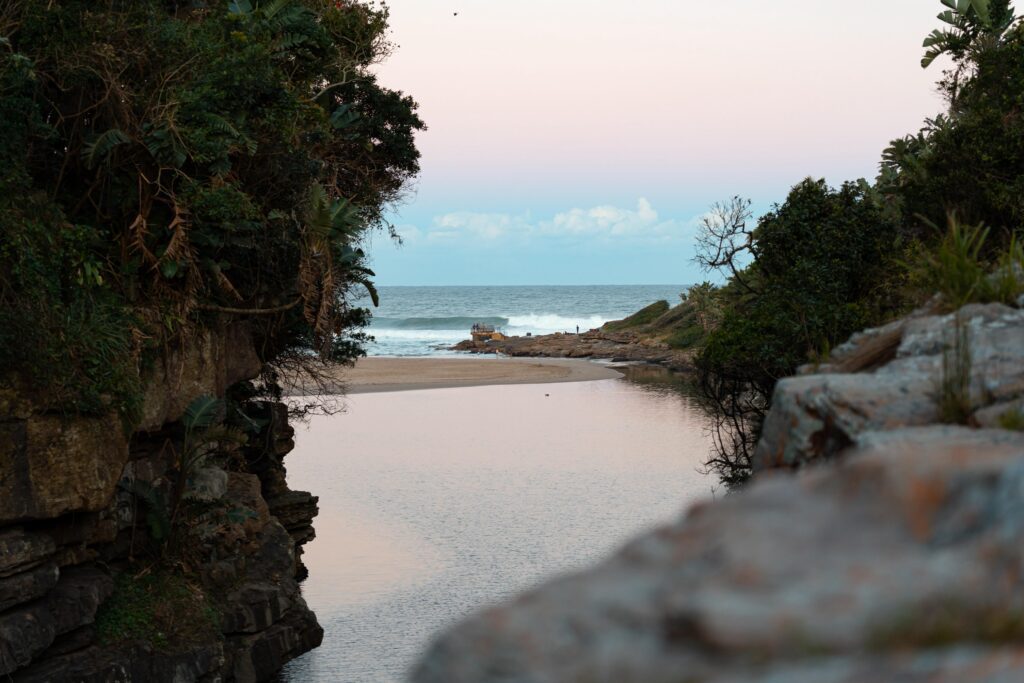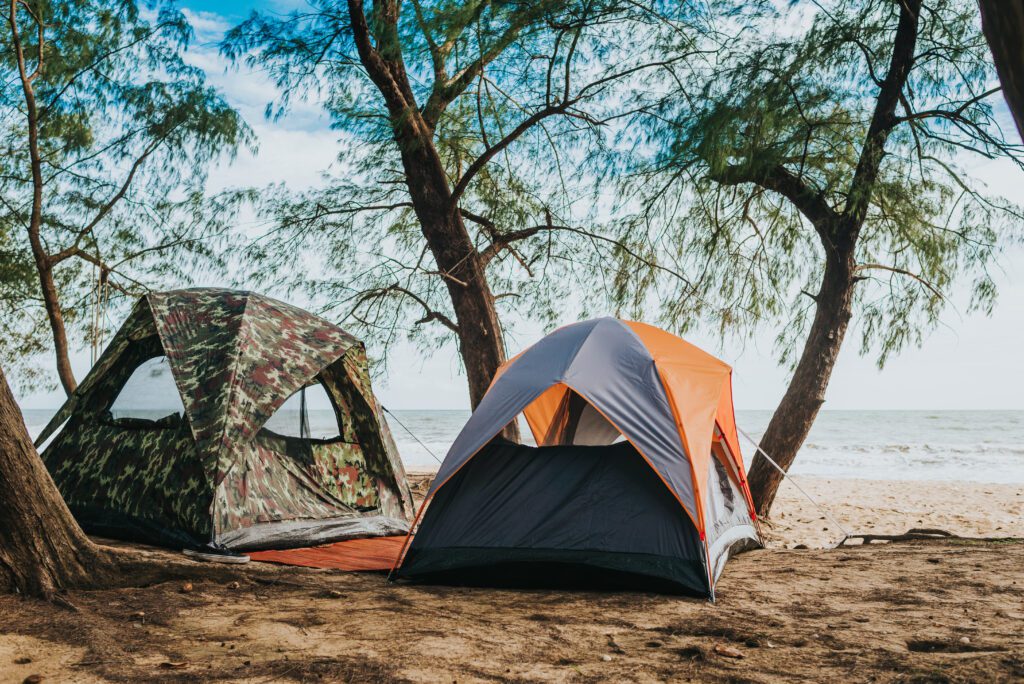Exploring South Africa’s Newest UNESCO World Heritage Sites
KwaZulu-Natal has long been known for its rich culture, breathtaking coastline, and deep historical roots — and now, it’s making international headlines once again. The province has officially added two more sites to its growing list of UNESCO World Heritage Sites, joining the ranks of world-famous destinations that celebrate humanity’s shared cultural and natural treasures.
For travellers, historians, and proud locals alike, this recognition is more than a badge of honour — it’s an invitation to rediscover KwaZulu-Natal through the lens of its heritage, beauty, and enduring stories.
At South Coast Explore, we celebrate these milestones that continue to shape how the world sees South Africa — one unforgettable journey at a time.
A Province of Global Significance
KwaZulu-Natal is no stranger to world recognition. The province is already home to two of South Africa’s most celebrated UNESCO World Heritage Sites:
- iSimangaliso Wetland Park, a paradise of biodiversity that stretches along the northern coast and protects coral reefs, lakes, and wildlife found nowhere else on Earth.
- uKhahlamba-Drakensberg Park, a spectacular mountain range known for its ancient San rock art and dramatic peaks.
Now, with two more heritage sites added to this list, KwaZulu-Natal cements its place as a province of both natural and cultural wonder — where every landscape and settlement tells a story worth preserving.
The New UNESCO Heritage Sites
In a historic announcement, the UNESCO World Heritage Council confirmed the addition of two more KwaZulu-Natal sites to the global heritage register. Each site reflects a unique chapter in South Africa’s narrative — from human origins to the struggles and triumphs that have defined the nation.
1. The Nelson Mandela Capture Site – Howick
Located near the Midlands town of Howick, the Nelson Mandela Capture Site is more than a monument — it’s a symbol of resilience, justice, and unity.
It marks the exact spot where Nelson Mandela was arrested on 5 August 1962, an event that set in motion the chain of events leading to his 27-year imprisonment — and ultimately, to South Africa’s freedom.
The site features a world-renowned sculpture by artist Marco Cianfanelli: 50 steel columns rising into the air, forming Mandela’s face when viewed from a precise angle. It’s a breathtaking reminder that the path to freedom was forged through struggle and courage.
Becoming a UNESCO World Heritage Site ensures this place of reflection will be protected for future generations — not only as a South African treasure but as a global symbol of peace and perseverance.
2. The Inanda Heritage Route – Durban
The Inanda Heritage Route, located just outside Durban, tells the powerful story of South Africa’s social and political awakening.
This route encompasses several key landmarks:
- Ohlange Institute, the first educational institution founded by a Black South African, Dr. John Dube — who also became the first president of the African National Congress (ANC).
- Inanda Seminary, one of the oldest schools for girls in Southern Africa.
- Phoenix Settlement, established by Mahatma Gandhi in 1904, where he developed his philosophy of Satyagraha (nonviolent resistance).
- Ebuhleni, the spiritual centre of the Shembe Church, one of Africa’s largest indigenous religious movements.
Together, these sites represent a journey through time — from early education and empowerment to faith, leadership, and the roots of activism.
With UNESCO recognition, the Inanda Heritage Route now takes its place among the world’s most important cultural landscapes, inviting travellers to walk the paths where history was made.
Why This Matters for Tourism and Culture
The addition of these two heritage sites is a victory for South African tourism, education, and community development. It underscores KwaZulu-Natal’s role as a province of extraordinary cultural depth — a destination that offers not just natural beauty but profound meaning.
For Travellers
Visitors from around the world now have even more reasons to include KwaZulu-Natal in their itineraries. From beach getaways on the KZN South Coast to inland journeys through the Midlands Meander and Drakensberg Mountains, travellers can experience a province that seamlessly blends leisure with legacy.
Heritage tourism encourages deeper exploration — the kind of travel that connects visitors with people, stories, and places that shape understanding.
For Local Communities
UNESCO recognition brings opportunities for economic growth and skills development. Increased tourism means more support for local businesses, artisans, and guides who bring these stories to life. It also motivates communities to continue preserving their traditions, languages, and landscapes.
For South Africa’s Global Image
Each new UNESCO site strengthens South Africa’s standing as a country of heritage, resilience, and natural splendour. It’s a testament to how the past continues to inspire the present — and how the world continues to look to South Africa as a beacon of cultural richness.
Exploring KwaZulu-Natal with South Coast Explore
At South Coast Explore, we believe every journey through KwaZulu-Natal tells a story — whether it’s the soft rhythm of the ocean waves in Margate, the peaceful countryside of the Midlands, or the inspiring heritage landmarks now recognized by UNESCO.
Our platform connects travellers, explorers, and local businesses to the experiences that make this province unforgettable. By showcasing the KZN South Coast alongside the broader beauty of KwaZulu-Natal, we help travellers plan their trips, find hidden gems, and support local tourism.
From accommodation and adventure activities to local eateries and cultural sites — South Coast Explore is your online gateway to discovering more.
The South Coast Connection
While the new heritage sites are found inland, their recognition ripples across the province — including the KZN South Coast. The region’s own history and attractions stand as proud counterparts to these global landmarks.
Travellers often journey from Durban or the Midlands down to the coast, where the warm Indian Ocean, Blue Flag beaches, and friendly coastal towns offer a perfect balance of relaxation and exploration.
The South Coast is rich in its own heritage — from Aliwal Shoal, one of the world’s top dive sites, to cultural villages, historical churches, and small-town museums preserving local stories.
As KwaZulu-Natal gains more world recognition, the South Coast benefits from increased visibility and travel interest — making it a central part of the province’s tourism map.
Preserving the Past, Inspiring the Future
The recognition of the Nelson Mandela Capture Site and the Inanda Heritage Route reminds us that history is not just something to be remembered — it’s something to be lived, shared, and learned from.
By exploring these sites, travellers honour the resilience and creativity that built the foundation of modern South Africa. They also contribute to a sustainable tourism model that uplifts communities and protects culture for generations to come.
Whether you’re walking through the gates of the Ohlange Institute, standing before Mandela’s towering silhouette in Howick, or enjoying the ocean breeze on the South Coast — you are part of a living story that continues to unfold.
Plan Your Next Adventure
As KwaZulu-Natal celebrates this remarkable achievement, now is the perfect time to plan your next journey through the province.
Let South Coast Explore guide you to the best experiences — from world heritage landmarks to hidden coastal gems. Discover, connect, and share in the pride of a province that’s shaping the world’s understanding of culture and conservation.
KwaZulu-Natal is more than a destination — it’s a legacy.
And the story is still being written.
FAQs
1. What is a UNESCO World Heritage Site?
A UNESCO World Heritage Site is a location recognized by the United Nations Educational, Scientific and Cultural Organization for its cultural, historical, scientific, or natural significance.
2. How many UNESCO World Heritage Sites are there in KwaZulu-Natal?
With the recent additions, KwaZulu-Natal now boasts four World Heritage Sites — iSimangaliso Wetland Park, uKhahlamba-Drakensberg Park, the Nelson Mandela Capture Site, and the Inanda Heritage Route.
3. How does UNESCO status benefit local communities?
It brings tourism investment, job creation, and international attention, helping communities preserve and share their heritage while benefiting economically.
4. Can visitors access these sites easily?
Yes. Both new heritage sites are accessible via major routes from Durban, with well-developed visitor centres, guided tours, and local hospitality options nearby.
5. What other attractions are nearby?
Travellers can explore the Midlands Meander, Durban’s beachfront, and the KZN South Coast, all offering unique experiences from nature adventures to seaside relaxation.
Discover the pride of KwaZulu-Natal. Explore heritage, culture, and adventure with South Coast Explore — your guide to the best of the South Coast and beyond.






